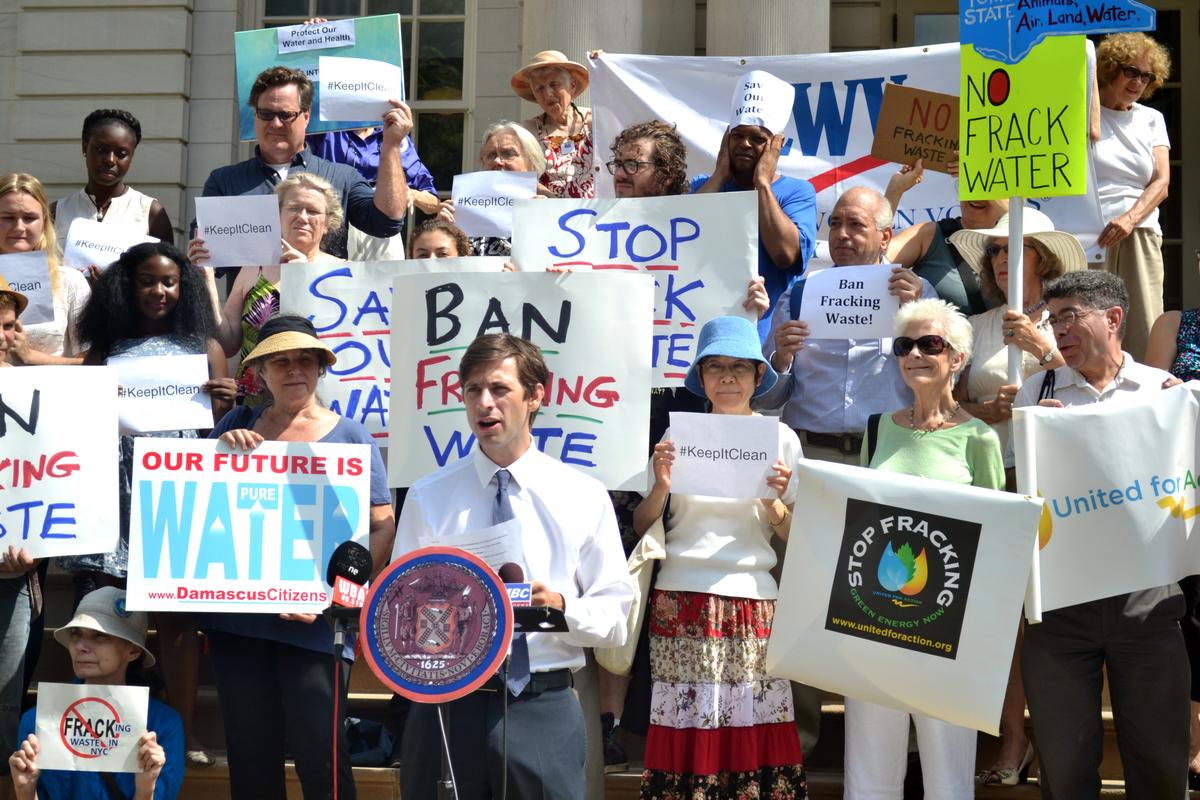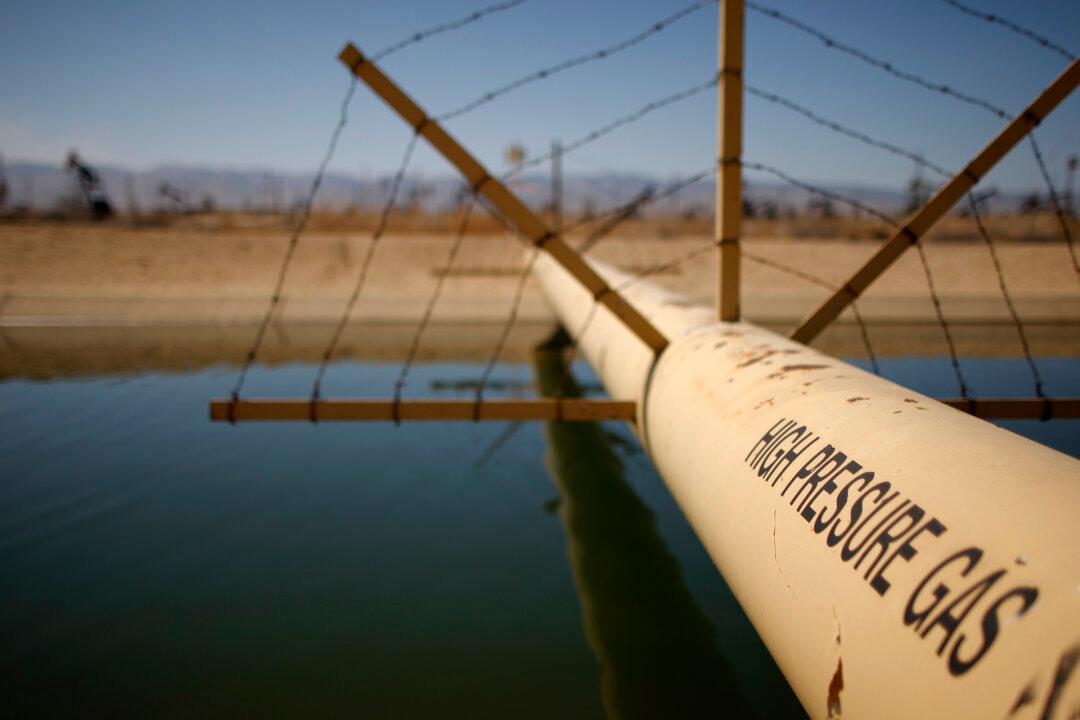Wastewater from hydraulic fracturing (also known as fracking) has been spread over some New York State roads to melt ice in the winter and to control dust in the summer. It has also entered the state’s wastewater treatment facilities and landfills, which critics—including State Senator Brad Hoylman—say are not equipped to process it.
On Aug. 16, New York City Council voted in favor of Intro 446-A, sponsored by Councilmember Stephen Levin, which would ban fracking waste from the city. Mayor Bill de Blasio now has 30 days to sign it into law.
The city is the first municipality in the country to impose such a ban, though some New York counties have taken similar measures to keep out fracking waste, since state and federal laws have allowed its dissemination.
Fracking is the process of injecting water mixed with chemicals into the ground at high pressure to fracture rock and release natural gas into wells for collection. Although New York State has banned high-volume fracking (which typically uses 300,000 gallons or more), low-volume fracking continues and waste from these operations remains. Waste has also entered New York from surrounding states.






